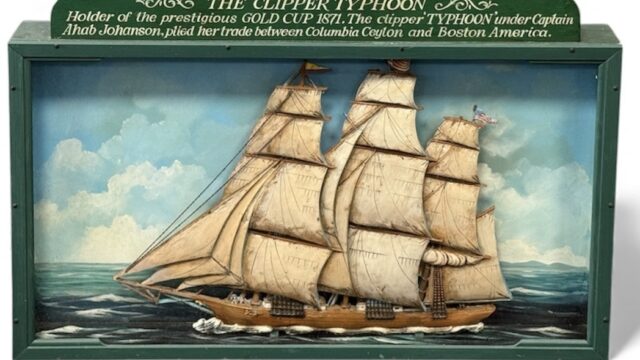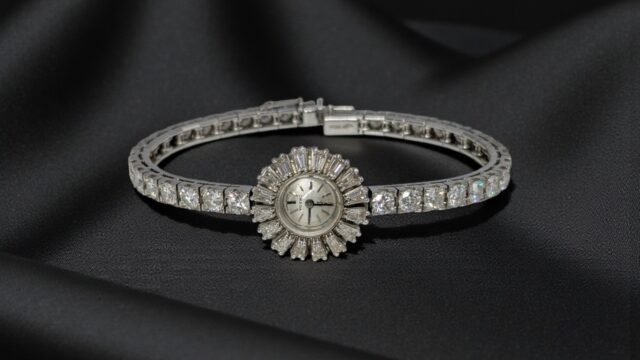Clocks
Skeleton! Tavern! Bracket! Carriage! Mantel! Table! Pigeon!
Clocks of course! All these are types of clocks that frequent the auction market, and we have sold many examples of each over our twenty-eight years.
SKELETON CLOCKS
Very simply these are clocks that display their inner workings. Usually they are in the form of a table-placed clock, standing on a plinth, protected, and viewed through a glass dome. The mechanics are deliberately arranged so that the movement can be observed. Sometimes skeleton clocks have architectural frames in the form of a famous building such as an historic cathedral or abbey. These architectural clocks can command excellent sums at auction.
TAVERN CLOCKS (also known as ‘Act of Parliament Clock’)
In 1797 an act passed by the English Parliament introduced a tax on every clock in ownership.
Therefore, clock owners either hid or disposed of their clocks, while taverns, inns and pubs became the location for obtaining the time. The tavern owners were happy to pay the tax providing the clocks were bringing in more customers to see the time and spend money at the bar. Tavern clocks were substantial wall-clocks, weight driven with large circular faces, so that customers could see the time easily.
The proportions of a tavern clock compared to other wall clocks make for a quirky unusual look and coupled with their historical context results in a buoyant market.
BRACKET CLOCKS
These lovely clocks are from the 17th and 18th Century and were made to be portable with a carry-handle at the top of the clock. The term ‘bracket’ came from the early weight driven versions, which needed to be mounted to a bracket on a wall so that the weights could suspend below the clock.
Later bracket clocks were spring-driven and did not have weights, but the term ‘bracket’ stuck for portable carrying clocks. Bracket clocks were generally made for wealthy owners who would travel to other residences, and so they are of high quality and made from fine materials such as ebony, ormolu, brass and tortoiseshell.
As the clocks were used in bedrooms before instant artificial illumination, they would often feature repeaters which strike the hours by moving a lever. To avoid waking up sleepers, the clock may also feature a ‘silent pull repeater’ to stop the hourly strike of the bell.
Bracket clocks are highly desirable and period examples can make fantastic sums at auction depending on the quality and the maker.
CARRIAGE CLOCKS
Many of us are familiar with these types of clocks as they were traditionally presented to employers retiring from long-service.
Carriage clocks were the successor to the bracket clock in that they were manufactured to be portable, but with the advantage of being smaller. They were first developed in France in the beginning of the 19th Century where they were originally called ‘Officer’s Clocks’. Cases are usually in brass and glass, but fine decorative examples can include enamelling or porcelain panels. Carriage clocks are characterised by a platform escapement which is usually viewable from a glass panel at the top of the clock. We encounter both French and British examples regularly in our auctions and they remain as popular with collectors as ever.
MANTEL CLOCKS
These timepieces come in all shapes and sizes but with the common purpose of displaying the time on a shelf or on the fire mantel. As opposed to bracket-clocks, mantel clocks do not have a handle for portability. Slate mantel clocks are very common in Wales, but mantel clocks can be in almost any material and have transcended every style, movement, and design period. Nineteenth century and Art Deco mantel clocks will often have separate side garniture in the form of vases or candleholders.
TABLE CLOCKS
This is really a wider term for clocks through the centuries, that are not weight-driven. The most famous classic table clock is the Atmos by Jaeger-LeCoultre. Atmos clocks are driven by change in air-pressure and air temperature. They are design classics and highly collectable – we will be discussing Atmos clocks in detail tomorrow.
OTHER CLOCKS
There are many other clocks that are collected and feature in our auctions on a regular basis including:
Vienna Clocks: elegant drop-dial pendulum wall clocks, often with carved detail and glazed frontage, not a strong market presently and so can be quite affordable for good examples
Vintage Railway / Office / Classroom clocks: hung to the wall, usually having circular dials, a good market presently and particularly when they have local retail names, advertising or stamped provenance to the dial such as GWR or GPO. Good fusee or twin-fusee movements are in most demand.
Clocking-on machines: once a staple of every industrial floor or office building, these can be collectable as they make an interesting addition to a quirky vintage interior
Travel clocks: small folding clocks, occasionally produced by collectable makers and can be in silver or even gold
Cuckoo clocks: from the Black Forest region of German or Switzerland, many of these are tourist reproductions but genuine period examples can command good sums at auction
Sun-dials: early sun-dials can be of huge interest and can make exciting prices
Water-clocks: whereby the time is measure by a regulated flow of liquid into a vessel. Rare clocks which can be of significant value.
Below is a selection of clocks we have sold at our salerooms in the recent auctions with prices noted.
Clocks can be valued free of charge without obligation. Please contact:
North Wales - Stephen Roberts stephen.roberts@rogersjones.co.uk
South Wales - Philip Keith philip.keith@rogersjones.co.uk
West Wales - Charles Hampshire charles.hampshire@rogersjones.co.uk
































































